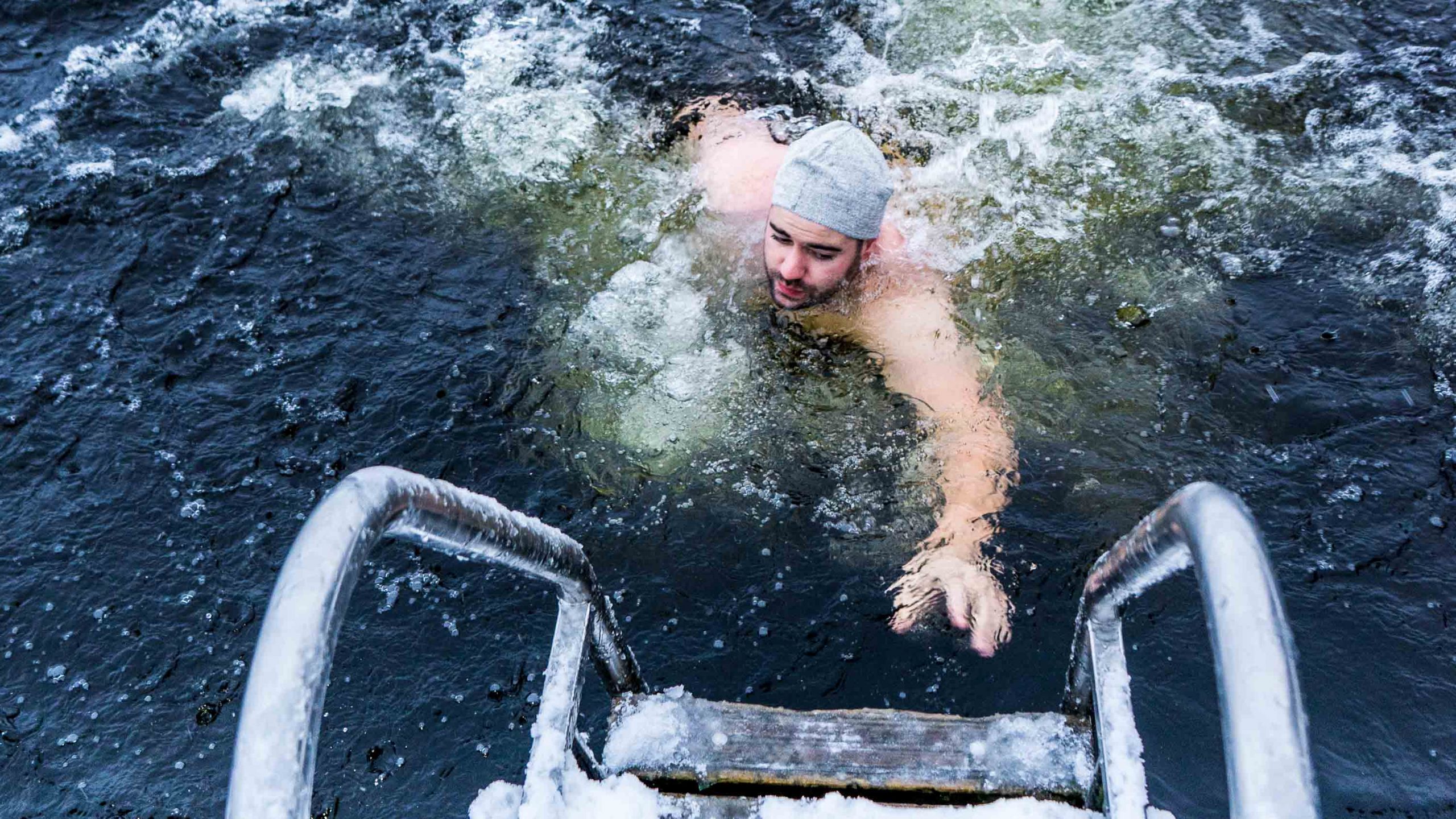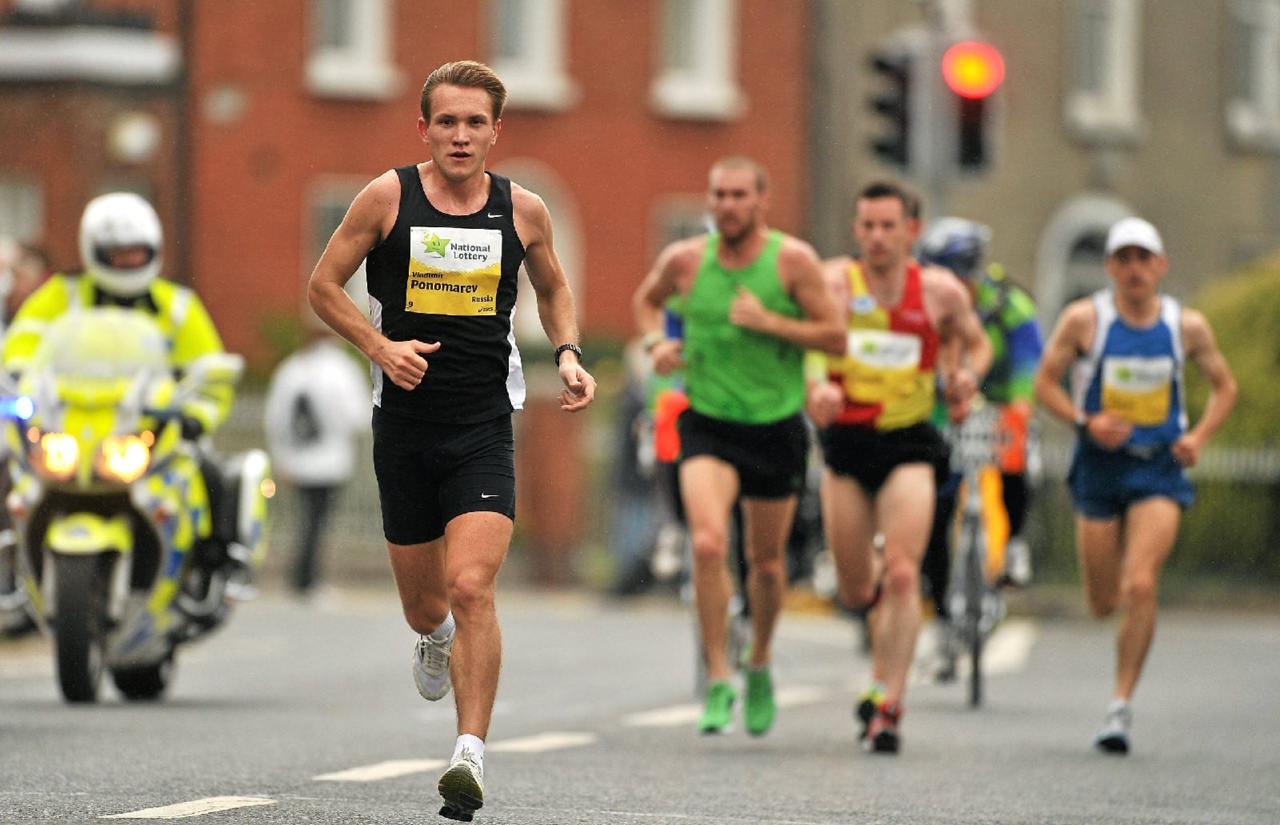The crawl is the most popular and fastest sport of swimming. Competitors in those events in which it is allowed to swim the method of choice (freestyle), athletes prefer to swim the crawl on the chest. The crawl method is chosen by participants of long-distance swimming on open bodies of water, as well as participants of sports multisports, which include swimming (triathlon, modern pentathlon, etc.). In this article we will discuss the front crawl swimming technique beginners.
General characteristics of the method
The breaststroke crawl is of applied importance. Well trained lifeguards use a slightly modified version of the crawl with head held high (for better orientation in the water) when swimming to the victims. The application value of the crawl method increases during swimming and diving when the swimmer wears flippers on his or her feet. For example, the basis of the scuba diver’s underwater movement is the crawl leg movement.
When swimming the crawl on the chest, the swimmer lies on the surface of the water in a horizontal position (face down in the water) and performs alternate paddles with his hands. While one arm, slightly bent at the elbow, paddles from front to back in the water, the other arm (also slightly bent at the elbow, but relaxed) moves forward over the water. To inhale, the swimmer turns his head to the side. After inhaling, the head turns face down again; the swimmer exhales into the water.
The arm paddles are combined with continuous alternating up and down movements of the nearly straight legs at the surface of the water. During one complete stroke (left stroke and right stroke) the swimmer makes several leg movements (kicks). According to the number of these strokes there are two, four and six strokes crawl variants. All options are rational, the choice depends on the objectives of training, the individuality of the swimmer, swimming conditions. Most methods of initial training is based on mastering the six-stroke crawl.
Body position and leg movements
The body of the swimmer in water is elongated, almost horizontal and well streamlined. The head is on the longitudinal axis of the body, the face is lowered into the water (except when breathing in); the hips are at the water surface; the abdominal and lumbar muscles are optimally tensed. Continuous alternating crawl leg movements help the swimmer give the body a horizontal and streamlined position, pushing it forward.
The legs perform counter-movements up and down with a small sweep, bending minimally at the knees; the shins and feet are relaxed; the feet are turned slightly inward with the toes and continuously foaming the water behind the swimmer. The legs perform movements from the hip. Following the thigh, the shin and foot are involved in the movement. The downward movement of the foot is a splashing motion and is the main working phase.



